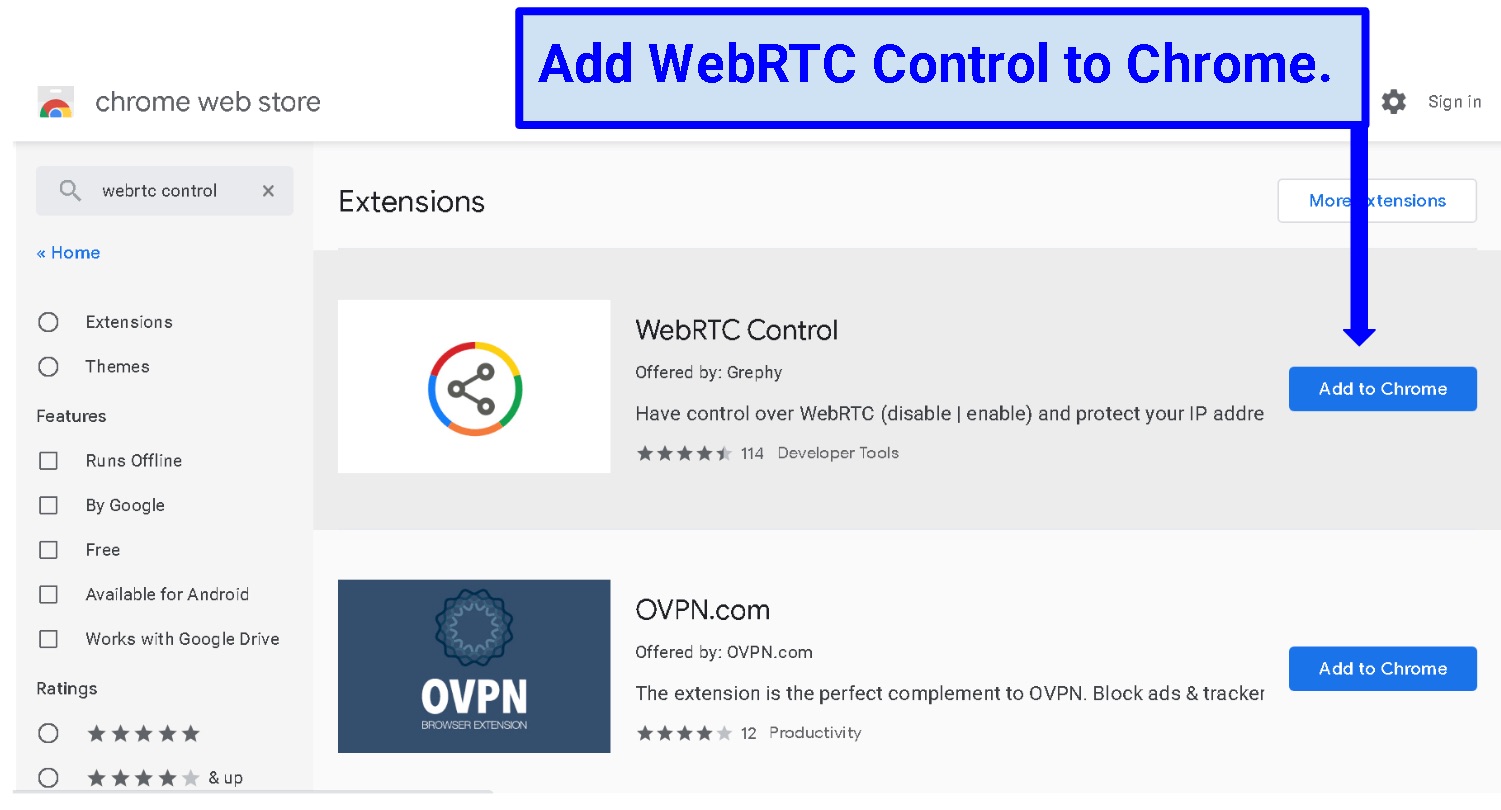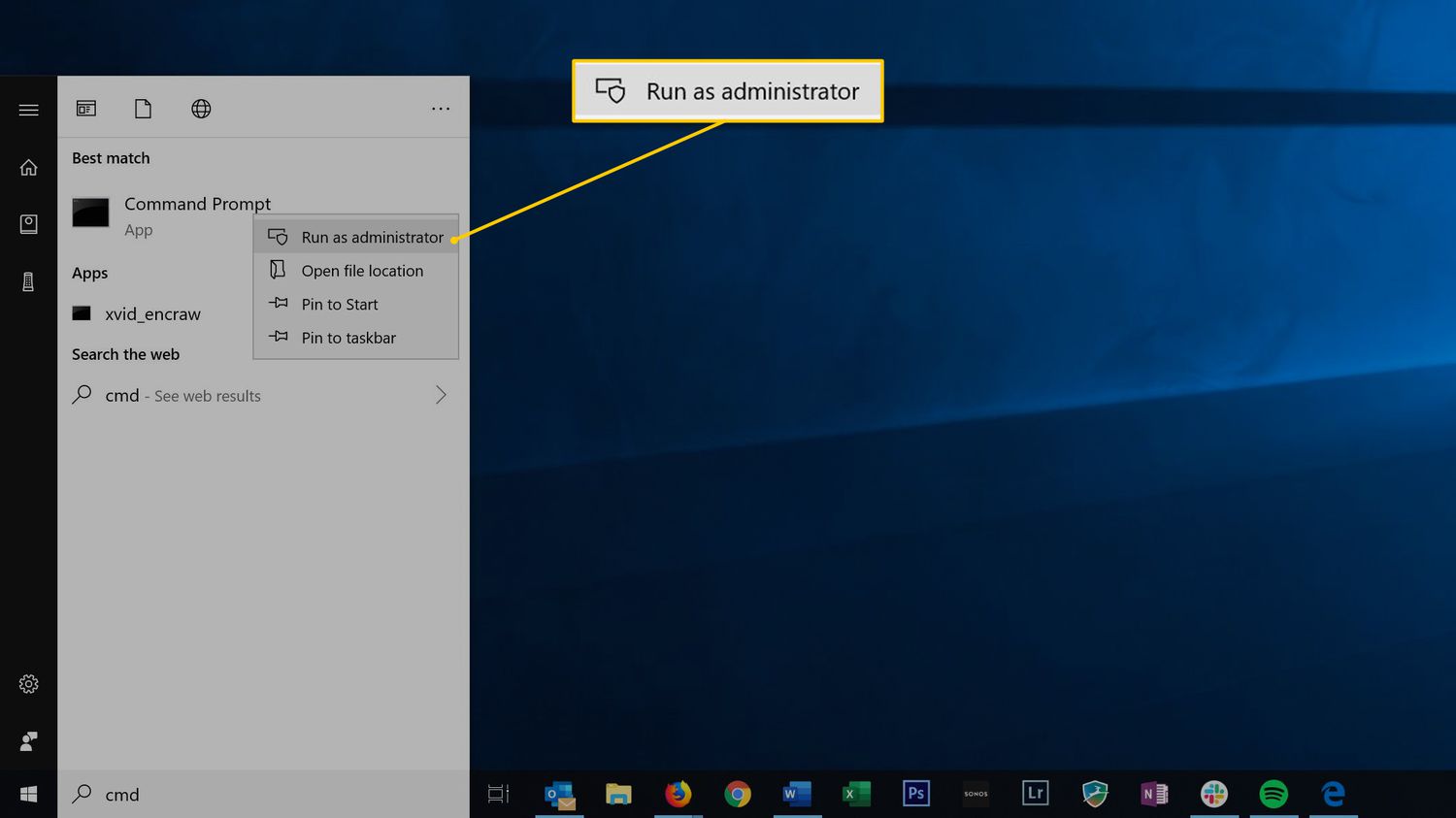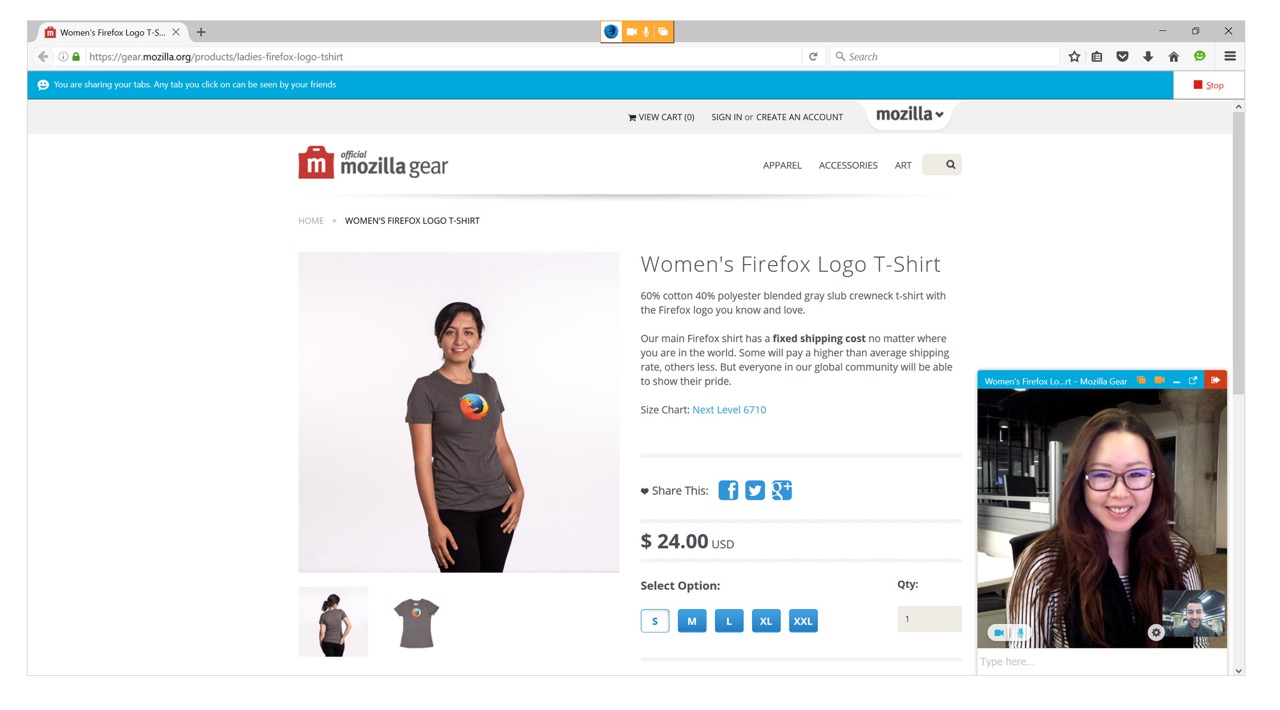Introduction
WebRTC, or Web Real-Time Communication, is a powerful technology that enables real-time communication directly within web browsers. It allows for seamless audio and video communication, peer-to-peer file sharing, and data transmission without the need for third-party plugins or applications. While WebRTC offers incredible convenience and functionality, it also raises concerns about privacy and security, particularly in the context of Google Chrome.
As one of the most widely used web browsers globally, Google Chrome has integrated WebRTC to facilitate efficient and reliable communication. However, the default settings of WebRTC in Chrome may inadvertently expose users to potential privacy risks. This has prompted many users to seek ways to disable or control WebRTC to mitigate these concerns.
In this article, we will delve into the intricacies of WebRTC, explore the risks associated with its usage in Chrome, and provide comprehensive methods to disable or manage WebRTC settings. By understanding the underlying technology and its implications, users can make informed decisions to safeguard their privacy and security while using Google Chrome.
Understanding WebRTC
WebRTC, an acronym for Web Real-Time Communication, is a collection of communication protocols and APIs that enable real-time communication over the internet. It is a game-changing technology that empowers web browsers with the capability to facilitate peer-to-peer communication for audio, video, and data sharing without the need for external plugins or software. Developed by the World Wide Web Consortium (W3C) and the Internet Engineering Task Force (IETF), WebRTC has revolutionized the way people communicate online.
At its core, WebRTC comprises several key components that work in harmony to enable seamless communication. These components include the getUserMedia API, which grants web applications access to a device's camera and microphone, allowing for the capture of audio and video streams. Additionally, the RTCPeerConnection API establishes peer-to-peer connections, enabling the transmission of data directly between browsers. Furthermore, the RTCDataChannel API facilitates the transfer of arbitrary data between peers, expanding the scope of communication beyond traditional audio and video streams.
WebRTC's architecture is built upon open standards and leverages the power of JavaScript, enabling developers to create innovative real-time communication applications with ease. This technology has been instrumental in the proliferation of video conferencing, online gaming, file sharing, and other interactive web applications that rely on real-time communication.
One of the most remarkable aspects of WebRTC is its ability to traverse network address translators (NATs) and firewalls, allowing for direct communication between peers even when they are behind restrictive network configurations. This capability is achieved through the use of Interactive Connectivity Establishment (ICE) and Session Traversal Utilities for NAT (STUN) and Traversal Using Relays around NAT (TURN) protocols, which collectively enable the establishment of peer connections across diverse network environments.
WebRTC's impact extends beyond traditional web browsers, as it has also been integrated into mobile applications and IoT (Internet of Things) devices, further expanding its reach and potential applications. Its versatility and cross-platform compatibility have made it a cornerstone of modern communication technologies, empowering developers to create rich, interactive experiences for users across various devices and platforms.
In summary, WebRTC represents a paradigm shift in online communication, offering a robust and standardized framework for real-time communication within web browsers. Its open nature, cross-platform compatibility, and support for diverse communication types have positioned it as a fundamental technology driving the evolution of online communication and collaboration.
Risks of WebRTC in Chrome
WebRTC's integration into Google Chrome, while offering seamless real-time communication capabilities, introduces potential privacy and security risks for users. One of the primary concerns stems from the inherent functionality of WebRTC, which can inadvertently expose users' private IP addresses, even when they are behind a VPN or proxy. This vulnerability arises from the WebRTC's ability to bypass traditional network configurations, potentially revealing users' actual IP addresses to websites and services they interact with.
The exposure of private IP addresses can compromise users' anonymity and privacy, allowing websites to potentially track and identify individuals across different browsing sessions. This poses a significant risk, particularly for users who prioritize online anonymity and seek to mitigate tracking and profiling by websites and online services.
Furthermore, the revelation of private IP addresses can undermine the effectiveness of VPNs and proxies, which are commonly used to enhance privacy and security by masking users' actual IP addresses. This vulnerability may lead to the circumvention of users' privacy measures, potentially exposing them to unwanted tracking, targeted advertising, and other privacy infringements.
Another risk associated with WebRTC in Chrome pertains to potential vulnerabilities that could be exploited by malicious actors to launch attacks or gather sensitive information. While WebRTC is designed with security in mind, the complex nature of real-time communication protocols and the diverse network environments in which they operate can introduce vulnerabilities that may be exploited by attackers.
Moreover, the use of WebRTC for peer-to-peer communication can inadvertently expose users to the risk of unauthorized access to their devices' camera and microphone. Although web browsers prompt users to grant permission for accessing these devices, the potential for abuse or unauthorized access cannot be overlooked, especially in scenarios where users may unknowingly grant access to malicious websites or applications.
In summary, the integration of WebRTC in Google Chrome introduces several risks related to privacy, security, and potential vulnerabilities. Understanding these risks is crucial for users who prioritize their online privacy and security, as it empowers them to take proactive measures to mitigate the potential impact of WebRTC's functionality on their browsing experience.
Methods to Disable WebRTC in Chrome
Disabling WebRTC in Google Chrome can be a prudent approach for users seeking to mitigate the privacy and security risks associated with the technology. Fortunately, there are several methods to effectively disable or control WebRTC settings within the Chrome browser, empowering users to tailor their browsing experience according to their privacy preferences. Here are some reliable methods to achieve this:
Using Browser Extensions
One of the most straightforward ways to disable WebRTC in Chrome is by leveraging browser extensions specifically designed for this purpose. Numerous extensions, such as WebRTC Control and WebRTC Leak Prevent, are available in the Chrome Web Store, offering users the ability to manage WebRTC settings with ease. These extensions typically provide options to disable WebRTC entirely or control specific aspects of its functionality, allowing users to customize their privacy settings according to their preferences.
Modifying Chrome's Internal Settings
For users comfortable with delving into Chrome's internal settings, it is possible to disable WebRTC by accessing the browser's configuration flags. By entering "chrome://flags" in the address bar and searching for "WebRTC" or related terms, users can locate specific flags that allow them to modify WebRTC behavior. However, it is essential to exercise caution when altering these settings, as they directly impact the browser's functionality and may lead to unintended consequences if misconfigured.
Utilizing VPNs with WebRTC Leak Protection
Another effective approach to mitigate WebRTC-related privacy risks in Chrome is to utilize reputable virtual private network (VPN) services that offer built-in WebRTC leak protection. Many VPN providers offer dedicated features or settings to prevent WebRTC leaks, ensuring that users' private IP addresses remain concealed while benefiting from the security and privacy enhancements provided by VPNs. By selecting VPNs with robust WebRTC leak protection, users can safeguard their online anonymity and browsing privacy without compromising their connectivity.
Implementing Firewall Rules
Advanced users with a technical inclination may opt to implement firewall rules to control WebRTC traffic within Chrome. By configuring firewall settings to restrict or block WebRTC-related communication, users can exert granular control over the behavior of WebRTC within the browser, effectively mitigating potential privacy and security risks associated with the technology.
By employing these methods, users can proactively manage WebRTC settings in Google Chrome, aligning the browser's functionality with their privacy and security preferences. It is important to evaluate the suitability of each method based on individual needs and technical proficiency, ensuring that the chosen approach effectively addresses the specific privacy concerns associated with WebRTC in Chrome.
Conclusion
In conclusion, WebRTC represents a groundbreaking advancement in online communication, empowering web browsers with the capability to facilitate real-time audio, video, and data sharing without the need for external plugins or software. However, its integration into Google Chrome introduces potential privacy and security risks, particularly concerning the inadvertent exposure of users' private IP addresses and the associated implications for online anonymity and security.
Understanding the risks associated with WebRTC in Chrome is crucial for users who prioritize their privacy and seek to mitigate potential vulnerabilities and privacy infringements. By being aware of these risks, users can make informed decisions regarding the management of WebRTC settings to align with their privacy preferences and security requirements.
The methods to disable or control WebRTC settings in Chrome provide users with practical options to tailor their browsing experience according to their individual needs. Leveraging browser extensions, modifying Chrome's internal settings, utilizing VPNs with WebRTC leak protection, and implementing firewall rules are effective approaches to proactively manage WebRTC and mitigate potential privacy and security risks.
Ultimately, the decision to disable WebRTC in Chrome or implement specific controls should be based on a comprehensive assessment of individual privacy concerns, technical proficiency, and the desired balance between functionality and privacy. By empowering users with the knowledge and tools to manage WebRTC settings, they can navigate the online landscape with greater confidence, ensuring that their privacy and security remain safeguarded while leveraging the benefits of real-time communication within the Chrome browser.
As technology continues to evolve, it is essential for users to remain vigilant and informed about the implications of new communication technologies on their privacy and security. By staying informed and proactive, users can effectively navigate the complexities of online communication while preserving their privacy and security in an increasingly interconnected digital world.

























